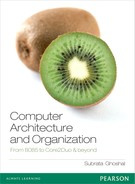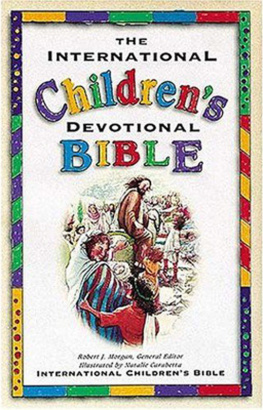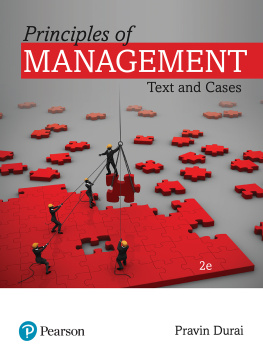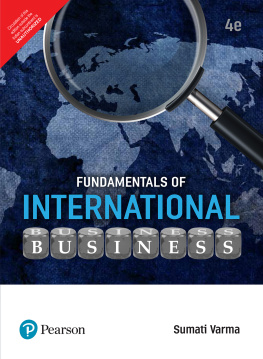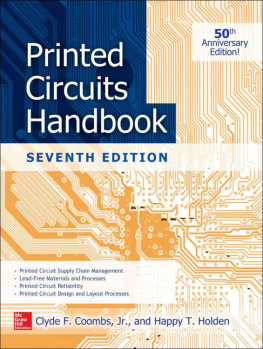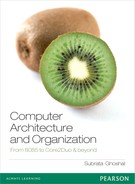
Computer Architecture
and Organization
(From 8085 to Core2Duo and beyond) (From 8085 to Core2Duo and be
y
ond)
Subrata Ghoshal
Professor and Head, Information Technology Department
Sikkim Manipal Institute of Technology, Sikkim
Delhi Chennai Chandigarh
A01_GHOS1557_01_SE_FM.indd i A01_GHOS1557_01_SE_FM.indd i 5/3/11 2:02 PM 5/3/11 2:02 PM
EditorAcquisitions: Sachin Saxena
The circuits, software routines, schematics and ideas presented in this book are purely for academic
purpose. The author and the publisher have made their best efforts in preparing this book. Neither the
publisher nor the author offer any warranty for the accuracy or completeness of any information.
All registered trademarks belong to respective organizations.
Copyright 2011 Dorling Kindersley (India) Pvt. Ltd
This book is sold subject to the condition that it shall not, by way of trade or otherwise, be lent, resold,
hired out, or otherwise circulated without the publishers prior written consent in any form of binding
or cover other than that in which it is published and without a similar condition including this condition
being imposed on the subsequent purchaser and without limiting the rights under copyright reserved
above, no part of this publication may be reproduced, stored in or introduced into a retrieval system,
or transmitted in any form or by any means (electronic, mechanical, photocopying, recording or other-
wise), without the prior written permission of both the copyright owner and the publisher of this book.
ISBN 978-81-317-6155-7
First Impression
Published by Dorling Kindersley (India) Pvt. Ltd, licensees of Pearson Education in South Asia.
Head Of ce: 7th Floor, Knowledge Boulevard, A-8(A), Sector 62, Noida 201 309, UP, India.
Registered Of ce: 11 Community Centre, Panchsheel Park, New Delhi 110 017, India.
Compositor: Glyph International Pvt. Ltd.
Printer: India Binding House.
A01_GHOS1557_01_SE_FM.indd ii A01_GHOS1557_01_SE_FM.indd ii 5/3/11 2:02 PM 5/3/11 2:02 PM
To my wife
Rita
and my daughter
Bulbul
who are still tolerating me even after my fth book.
A01_GHOS1557_01_SE_FM.indd iii A01_GHOS1557_01_SE_FM.indd iii 5/3/11 2:02 PM 5/3/11 2:02 PM
A01_GHOS1557_01_SE_FM.indd iv A01_GHOS1557_01_SE_FM.indd iv 5/3/11 2:02 PM 5/3/11 2:02 PM

Brief Contents
Chapter 1 Introduction 1
Chapter 2 Overview of Computer 14
Chapter 3 Fundamentals of Digital Logic Circuits 28
Chapter 4 Computer Arithmetic 58
Chapter 5 Processor Basics 94
Chapter 6 Instruction Set and Assembly Language
Programming 149
Chapter 7 The Memory System 198
Chapter 8 Input/Output Organization 237
Chapter 9 Microprogramming and Microarchitecture 267
Chapter 10 Control Unit Operation 301
Chapter 11 Operating System 345
Chapter 12 Pipelining 367
Chapter 13 Parallel Processing and Super-Scalar
Operation 391
Chapter 14 Embedded Systems 411
Chapter 15 Computer Peripherals 430
Appendix-A Number Systems 442
Appendix-B SPARC and Ultra-SPARC 449
A01_GHOS1557_01_SE_FM.indd v A01_GHOS1557_01_SE_FM.indd v 5/3/11 4:25 PM 5/3/11 4:25 PM

vi Brief Contents
Appendix-C Power PC 463
Appendix-D Intel Core2Duo 475
Appendix-E MIPS R4000 494
Appendix-F Project Bank 510
A01_GHOS1557_01_SE_FM.indd vi A01_GHOS1557_01_SE_FM.indd vi 5/3/11 2:02 PM 5/3/11 2:02 PM

Contents
Preface xxv
Acknowledgements xxvi
About the Author xxvii
1. Introduction 1
Chapter Objectives 1
1.1 Introduction 1
1.1.1 Difference Between Architecture and Organization 2
1.1.2 Essential Architectural Features of a Computer 3
1.2 Historical Background 3
1.2.1 Mechanical Computers (Calculators) 3
1.2.2 First Generation (Vacuum Tubes) 4
1.2.3 Second Generation (Transistors) 6
1.2.4 Third Generation (Integrated Circuits) 6
1.2.5 Fourth Generation (VLSI) 7
1.3 Classi cation 8
1.3.1 Embedded Systems 8
1.3.2 Personal Computers (PCs) 9
1.3.3 Work Stations 9
1.3.4 Servers 9
1.3.5 Mainframes 10
1.3.6 Looking Forward 10
Summary 11
Points to Remember 11
Review Questions 12
2. Overview of Computer 14
Chapter Objectives 14
2.1 Basic Structure of Computer Hardware 14
2.2 Fundamental Units 15
2.2.1 HDD and SMPS 16
2.2.2 Motherboard 16
2.3 Basic Operational Concepts 18
2.3.1 Processor Clock 18
2.3.2 Program Counter 18
A01_GHOS1557_01_SE_FM.indd vii A01_GHOS1557_01_SE_FM.indd vii 5/3/11 2:02 PM 5/3/11 2:02 PM

viii Contents
2.3.3 Instruction Fetch 19
2.3.4 Instruction Decode 19
2.3.5 Instruction Execute 20
2.3.6 Program Flow Control 21
2.4 Bus Structure 21
2.4.1 Internal Bus 21
2.4.2 External Bus 22
2.5 Building Blocks of a Computer 22
2.5.1 Digital Logic 22
2.5.2 Microarchitecture 23
2.5.3 Operating System 24
2.5.4 Users Program 24
Summary 24
Points to Remember 24
Review Questions 25
3. Fundamentals of Digital Logic Circuits 28
Chapter Objectives 28
3.1 Introduction 28
3.1.1 Background 29
3.1.2 Scope 29
3.2 Boolean Algebra 29
3.2.1 Boolean Operators 30
3.2.2 Truth Table 31
3.2.3 Boolean Identities 32
3.3 Logic Gates 32
3.3.1 Common Logic Gates 33
3.3.2 Universal Gates 34
3.4 Combinational Circuits 35
3.4.1 Decoder 36
3.4.2 Multiplexer 37
3.5 Arithmetic Circuits 38
3.5.1 Half Adder 38
3.5.2 Full Adder 39
3.5.3 n-Bit Adder 39
3.6 Sequential Circuits 40
3.6.1 Clock Signal 40
3.6.2 Basic Latch 41
3.6.3 S-R Latch 42
A01_GHOS1557_01_SE_FM.indd viii A01_GHOS1557_01_SE_FM.indd viii 5/3/11 2:02 PM 5/3/11 2:02 PM

